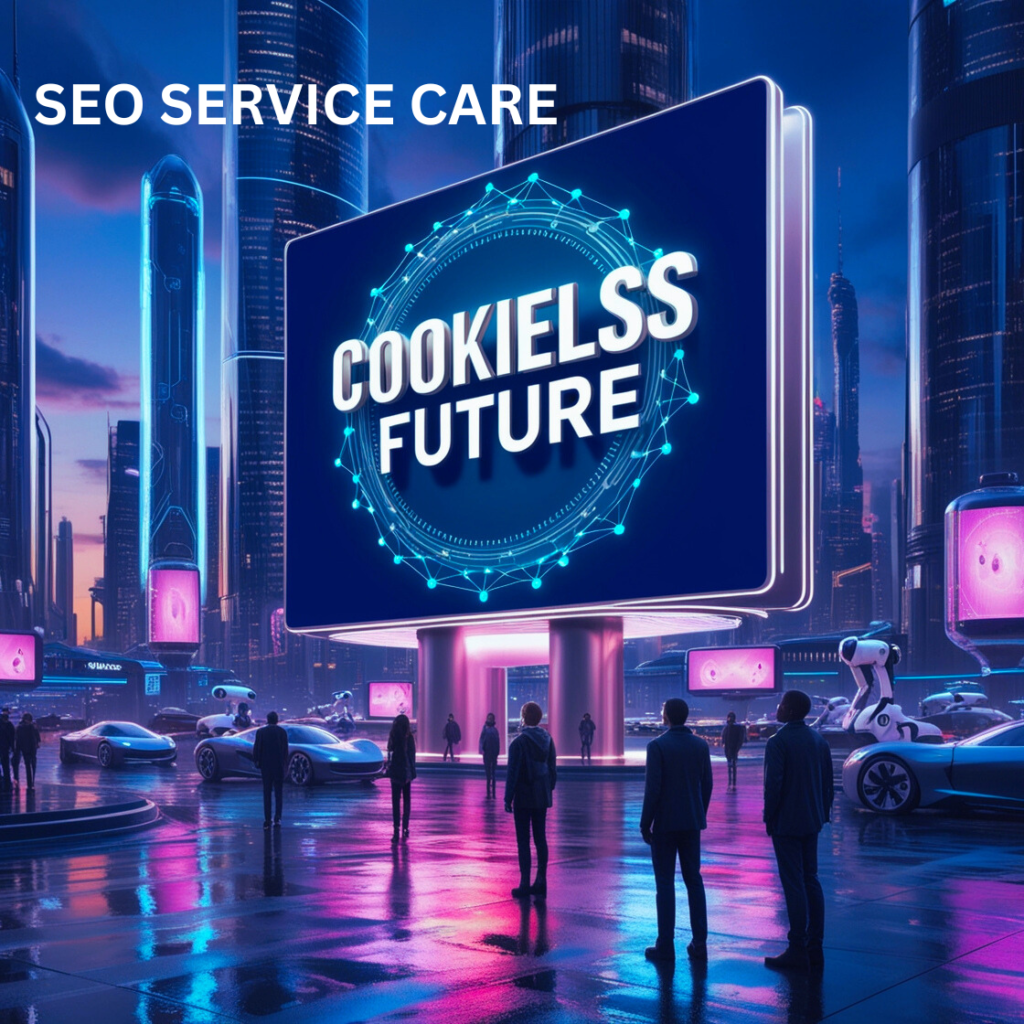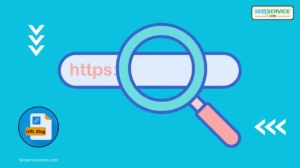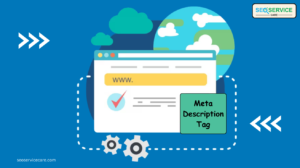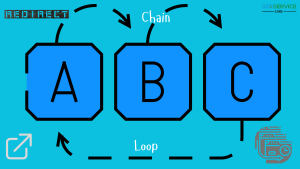Introduction
The digital landscape is undergoing a significant transformation as we move toward a Cookieless Future. With major browsers like Google Chrome, Safari, and Firefox phasing out third-party cookies, marketers, advertisers, and businesses need to rethink their strategies for tracking users and personalizing experiences.
This shift is not merely a trend but a necessity driven by growing privacy concerns, regulations like the General Data Protection Regulation (GDPR), and a changing consumer mindset.
In this guide, we will explore what a Cookieless future means and how brands can adapt. We’ll look at key strategies to help businesses prepare.
Understanding Cookies
Cookies are small files that websites use to remember things about users. They help businesses in several ways:
- Tracking Behavior: Cookies show how users interact with content and which pages they visit.
- Personalizing Experiences: Businesses use cookie data to offer tailored ads and content.
- Measuring Success: Cookies help businesses see how well their marketing campaigns work.
Many users worry about privacy. They want to know how their data is used, leading to calls for more transparency.
The Move Toward Privacy
New Laws
Laws like the GDPR and the California Consumer Privacy Act (CCPA) are changing the rules. These laws give users more control over their data and require businesses to ask for permission before collecting information. Many brands are reconsidering their use of cookies because of this.
Browser Changes
Browsers are responding to privacy concerns. Google plans to remove third-party cookies in Chrome by 2024. Safari and Firefox have already started blocking them. This shift means businesses need new ways to reach their audiences.
Impacts of a Cookieless Future
The move to a Cookieless future will affect digital marketing in several ways:
- Loss of Tracking: Without third-party cookies, businesses will struggle to track user behavior across different websites. This makes it harder to measure ad effectiveness and understand user preferences.
- Personalization Challenges: Personalizing content will become more difficult, which may lead to lower engagement and satisfaction from users.
- Focus on First-Party Data: Brands will need to focus on collecting their own data directly from users. This means building trust and encouraging users to share their information.
- New Technologies: Businesses will need to explore new technologies and methods to adapt, such as artificial intelligence and alternative tracking options.
How to Prepare for a Cookieless Future?
Here are key strategies brands can use:
- Invest in First-Party Data
Building a strong first-party data strategy is crucial. Here’s how:
- Create Value: Offer users something valuable, like exclusive content or discounts, in exchange for their data.
- Optimize Data Collection: Use different channels—like websites, apps, and social media—to gather data effectively.
- Be Transparent: Clearly explain how you will use user data and comply with privacy regulations.
- Embrace Contextual Advertising
Contextual advertising places ads based on the content of a webpage rather than user behavior. Here are some tips:
- Use Keyword Targeting: Find relevant keywords for your products and target ads based on them.
- Partner with Creators: Work with content creators to promote products in relevant contexts.
- Explore Alternative Tracking Solutions
New technologies can help brands adapt to a Cookieless world:
- Universal IDs: Some companies are creating universal IDs for tracking without cookies. These rely on first-party data and user consent.
- Server-Side Tracking: This method sends data directly from the server, which can provide insights while maintaining privacy.
- Browser Fingerprinting: Though controversial, this method tracks users based on device characteristics.
- Leverage Data Collaboratives
Data collaboratives involve partnerships between businesses that allow for sharing non-personal data. By working together, businesses can gain valuable insights without breaking privacy rules.
- Build Strong Customer Relationships
Fostering good relationships with customers is vital. Here are some strategies:
- Personalize Communication: Use first-party data to tailor messages based on user preferences.
- Encourage Feedback: Use surveys and social media to gather feedback and understand customer needs.
- Create a Community: Build a sense of community around your brand through social media and events.
Case Studies: Brands Adapting
Unilever
Unilever is preparing for the Cookieless future by focusing on first-party data and contextual advertising. Their “Unilever Data Partnership” gathers insights directly from consumers, allowing for targeted campaigns while respecting privacy.
The New York Times
The New York Times uses a subscription model that values first-party data. By offering high-quality content and encouraging subscriptions, they have built a strong database for personalized content recommendations.
Procter & Gamble
Procter & Gamble (P&G) invests in data analytics and machine learning to adapt to the Cookieless landscape. By understanding consumer behavior through first-party data, they can optimize marketing efforts while respecting privacy.
Conclusion
The Cookieless future brings both challenges and opportunities for businesses. By focusing on first-party data, contextual advertising, and new technologies, brands can successfully navigate this transition.
As we move forward, being transparent, building strong customer relationships, and embracing innovation will be essential. This is a chance to redefine marketing strategies and create a more privacy-conscious future.
Contact us today to learn more about creating a secure and efficient online new experience. If you have any questions, feel free to reach out!






